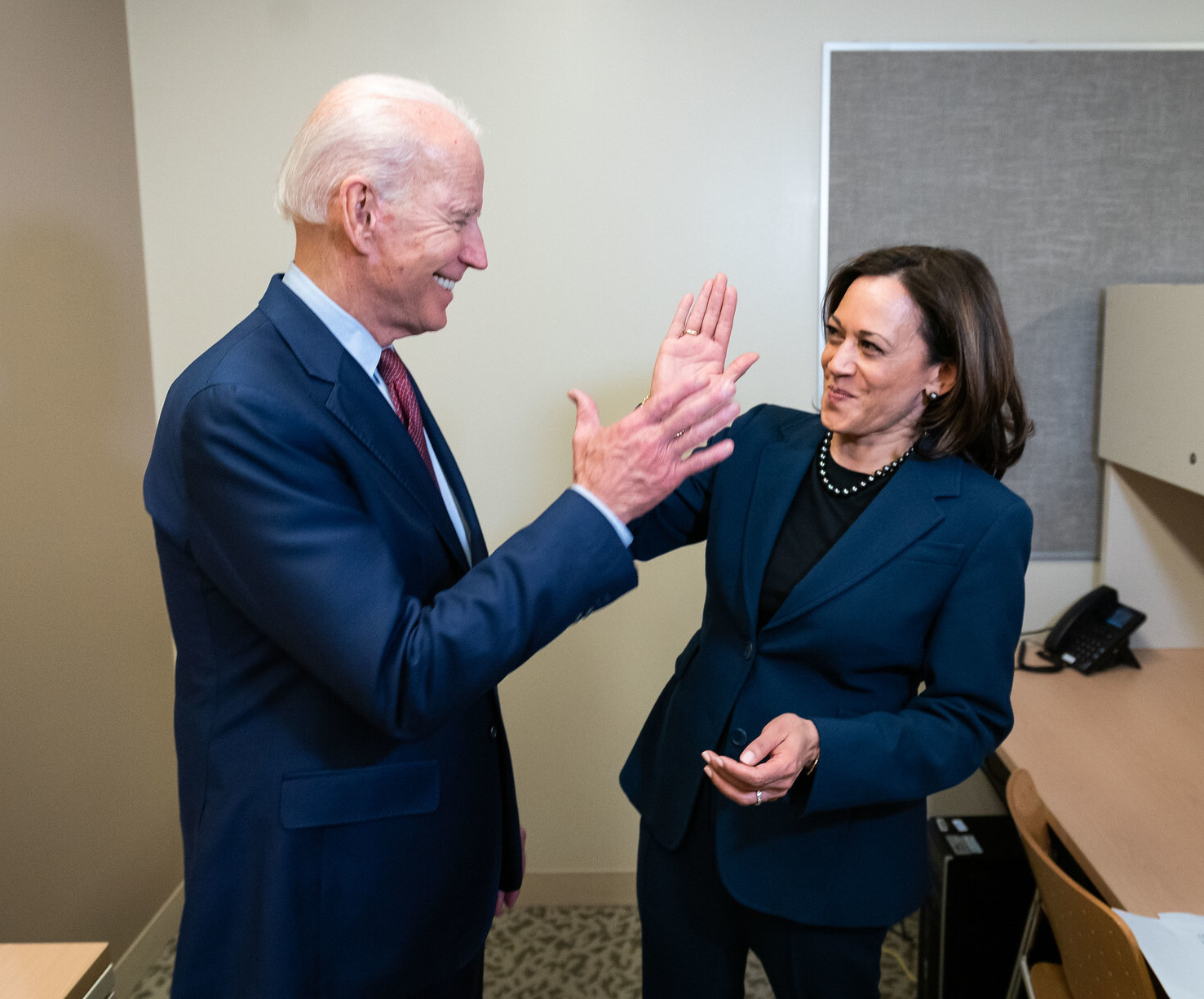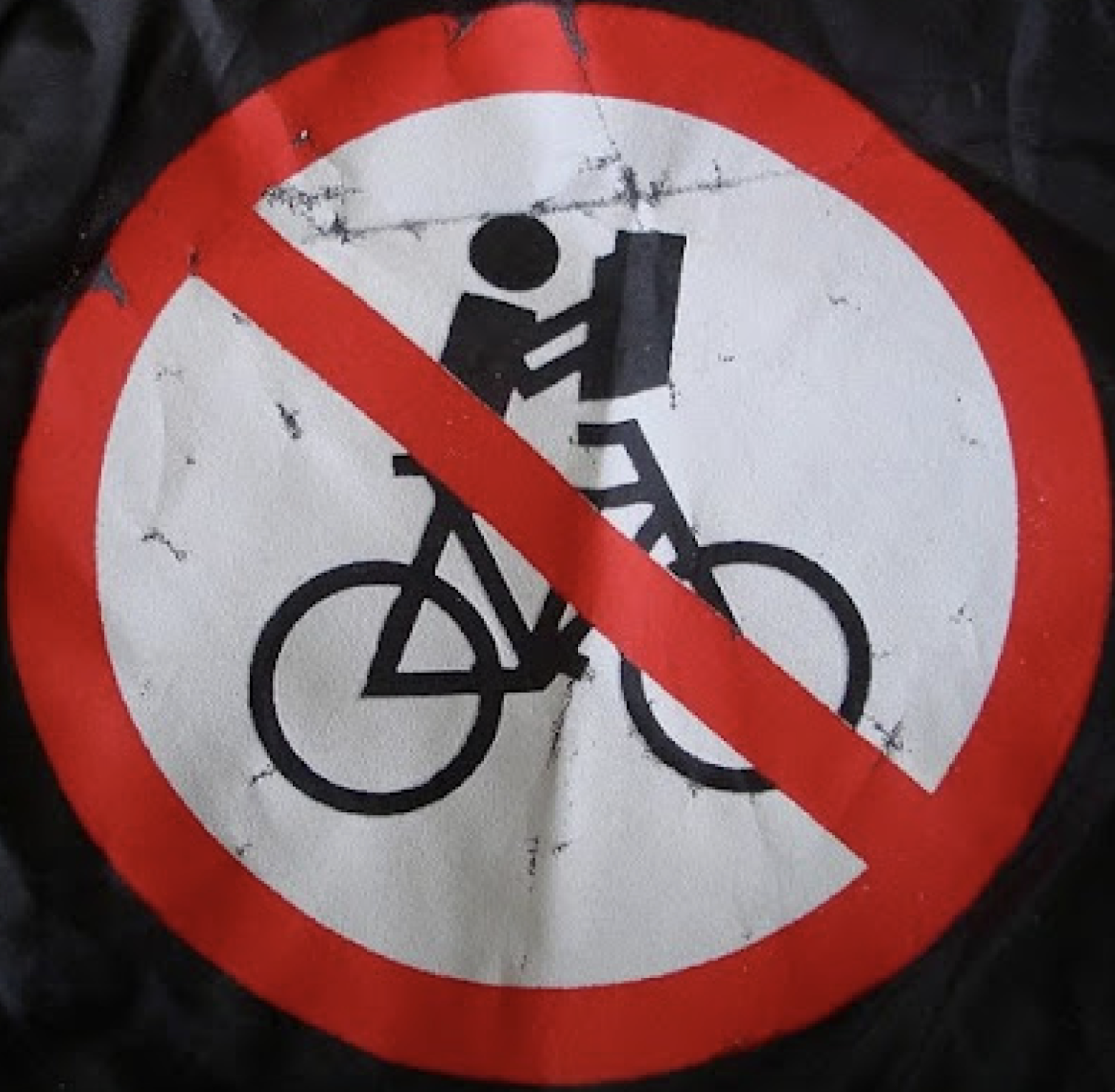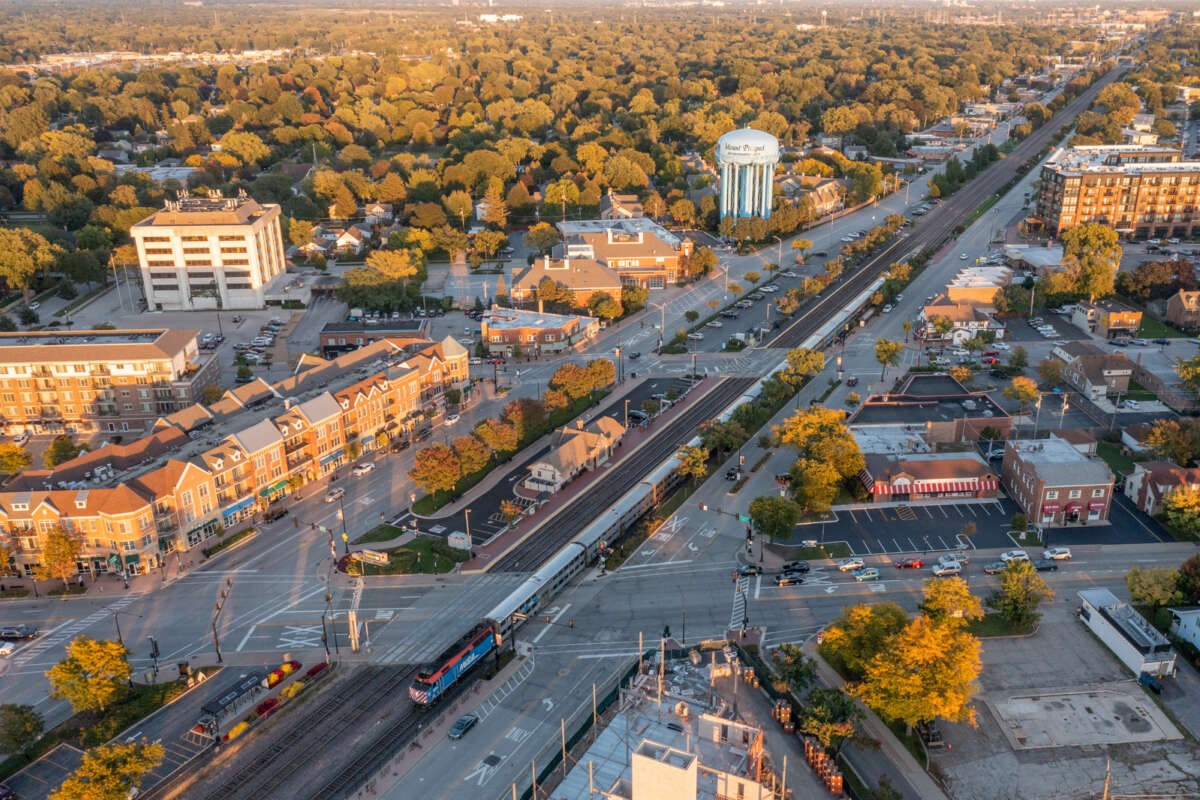After the initial euphoria of Saturday's election result wore off, Streetsblog Chicago reached out to local transportation leaders to get their take on what the Biden-Harris administration will mean for sustainable transportation, based on the candidates' platform and statements. We also asked these experts and advocates, as well as our readers, what they'd like to see the federal government do for transportation in the coming years, keeping in mind the current economic headwinds.
Active Transportation Alliance
"Our most urgent priority remains ensuring that our transit agencies have the federal funding necessary to weather the twin storms of COVID-19 and a steep recession," replied Jim Merrell, ATA's managing director of advocacy. "But millions of Americans are still cut off from access to opportunities by an unjust and unsustainable transportation system that was broken long before 2020. "
Merrell added that the U.S. needs a bold shift in vision and leadership on the federal level that will support healthier, more sustainable, and more equitable modes like walking, biking, and transit. "We will take action alongside our members and supporters to ensure the new administration makes mobility justice central to its transportation policy," he promised.
Metropolitan Planning Council
"It is very positive that the Biden-Harris transition plan to address climate change recognizes the importance of supporting bicycle and pedestrian transportation, as well as supporting zero-emissions public transportation," said MPC transportation director Audrey Wennink. "It will also be critically important for the federal government to support public transportation operations as we emerge from COVID, to ensure our transit systems can continue running a robust schedule of buses and trains and to make transit an even more attractive transportation choice moving forward."
Wennink added that MPC's wishlist for federal transportation policy include re-establishment of a Sustainable Communities Initiative to bring together the departments of housing and urban development, transportation and environment to work on policies to encourage sustainable development, increase low-emissions transportation choices, and encourage location-efficient housing. "Additionally, we would like to see the department of transportation establish a competitive grant program to fund active transportation, complete streets, and Vision Zero safety planning studies and projects."
Equiticity
Oboi Reed, head of the mobility justice nonprofit Equiticity, provided the following list of ideas to address transportation equity at the federal level:
- Infrastructure Bill: "Pass a massive federal transportation and infrastructure bill, with concrete requirements for hiring Black-owned contractors and sub-contractors, as well as racial hiring quotas."
- Transit Deficit: "Healing the transit deficits in states and cities, in support of essential workers, people transit-dependent, and low-to-moderate-income people."
- Free Transit: "Make transit a free, human right."
- Community-Owned Shared Mobility: "Invest in community-owned models of shared mobility and micromobility, targeting Black, Brown, Indigenous communities."
- National Bike Library Model: "Invest in a national bike library model, addressing the failure of traditional bike share models in Black and Brown communities, due to these models primarily serving middle-to-upper-income commuters in dense neighborhoods and cities."
- Neighborhood Mobility Hubs: "Invest in neighborhood mobility hubs, explicitly prioritizing and targeting Black, Brown, and Indigenous communities."
- "Community Mobility Rituals / Vibrant Streets: "Invest in vibrant streets strategies of community mobility rituals, such as neighborhood walking tours, community bicycle rides, public transit excursions, and open street / open park festivals as vehicles to increase social cohesion / collective efficacy and reduce violence at a hyper local level, explicitly using flexible federal funding for programming (not limiting these funds to capital investments)."
- Workforce Development: "Establish federally funded, workforce development programs embedded in Black and Brown neighborhoods to support emerging transportation technologies (electric vehicles, autonomous vehicles, shared mobility, micromobility, urban delivery, and last mile logistics)."
- Traffic Enforcement / Vision Zero: "Remove policing from traffic enforcement, and remove enforcement from Vision Zero and other safe streets frameworks."
Dr. P.S. Sriraj, director of UIC's Urban Transportation Center
"It will be interesting to see how the new administration views transportation," said Dr. Sriraj. "Clearly it will have to be one of the immediate agendas. The transportation authorization bill is due for a renewal. The nation's transportation infrastructure is in dire need of investment and upgrade. From the sustainable transportation perspective, it will be important for this administration to set a direction for the Federal Transit Administration. FTA has not had a [permanent] administrator for the last four years."
"Changes are happening and challenges are on the horizon," Dr. Sriraj added. "COVID has shattered the public's use of the transit system. It will be interesting to see if use of [single-occupant vehicle use] will increase as a result of the pandemic. Micromobility/microtransit options and ride-sharing services are appearing on the radar. Each of them have a role/limitation. It will be a great opportunity to expand the definition of transit and reestablish FTA as the steward for these options and at the same time have them be brought under either the transit umbrella or locate them in the newly formed Non-Traditional and Emerging Transportation Technology Council.
Joe Schwieterman, director of DePaul’s Chaddick Institute for Metropolitan Development
"Hopes are high for back-to-back benefits: a second stimulus package followed by more funds for major transit initiatives," Schwieterman replied. "Biden is seen as a particularly supportive of rail. Policies that have a large effect on bicycling, scooting and pedestrian amenities usually don't originate in the Oval Office -- those tend to be more local -- but more support to supportive innovate experiments could still be in the mix."
But Schwieterman noted that the situation in Washington is riddled with complexity. "Almost everyone expects the next administration to be more supportive of sustainable transportation options than the current one, but the federal budget situation is bleak. We may have to wait another three or four months so see how it all sorts out. President-elect Biden will likely begin his presidency just as 'doomsday scenarios' for transit capture the spotlight. That would great pressure to act quickly, but a divided government may make that difficult." He added that Amtrak may finally "catch a break" when the new president takes office.
Steve Schlickman, transportation consultant, former director of UTC
"[Funding active transportation] is a bit of conundrum at the federal level because funding for highways and transit, and arguably walking and biking, are linked together under the Highway Trust Fund revenue source," Schlickman replied. "Sustainable transportation needs more funding. Politically you can't fund that transportation without also funding highways. The highway trust fund, which includes both a highway account (some of which will go to sustainable investments such as through the Congestion Mitigation and Air Quality Improvement [CMAQ] program) and a mass transit account (which funds 80 percent or more of the transit program.)" He noted that if the government maintains current levels of spending, the trust fund, including both accounts, is short by $200 billion or more over the next ten years, according to the Congressional Budget Office, and accounting for the recent one-year extension of the Fixing America's Surface Transportation [FAST] Act.
"This is one of the biggest issues, that the federal surface transportation program needs to be resolved in the reauthorization of the FAST Act," Schlickman aded. "A motor fuel tax increase is the only viable option administratively. Just to fill the trust fund deficit, the increase will have to be on the order of 15 to 25 cents per gallon. That will not happen with a Republican-controlled Senate. Even if the Democrats controlled the Senate, the politics will be hard for many Democrats up for reelection in 2022. I predict they will punt on the issue and find a way to rationalize a general revenue subsidy for the trust fund. But this will not allow for any significant increase in federal funding."
Feedback from Streetsblog Chicago readers (and writers)
TRAINS https://t.co/YYhHTYeNs7 pic.twitter.com/E3eGhrMJFW
— beep boop 🦃 (@speakercode) November 9, 2020






